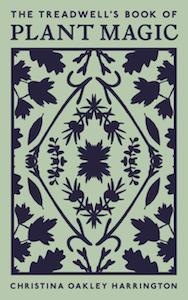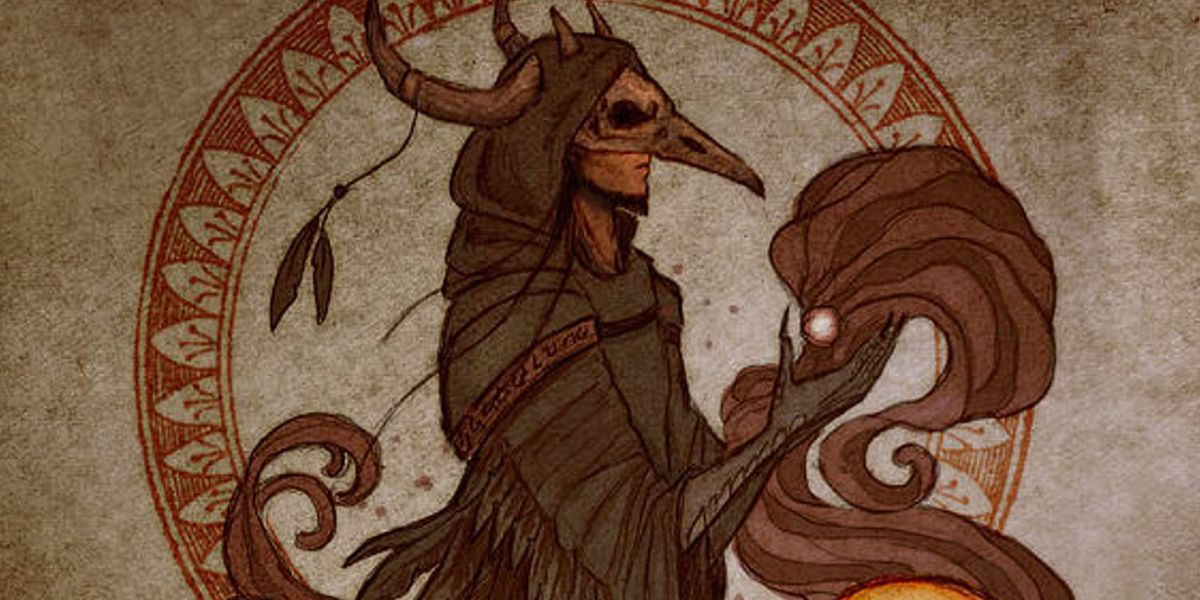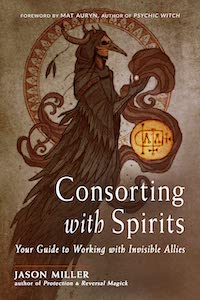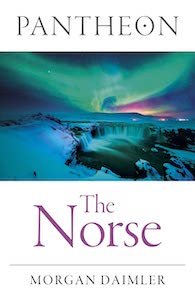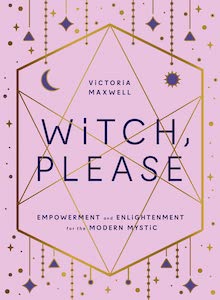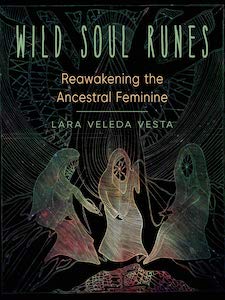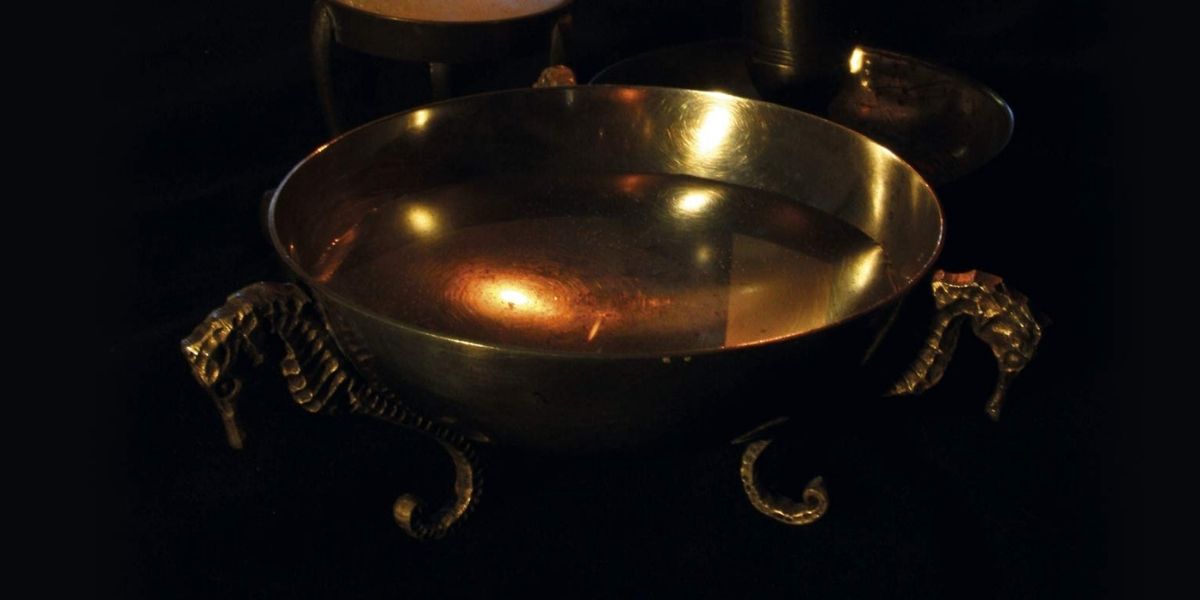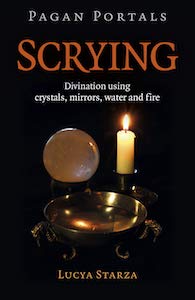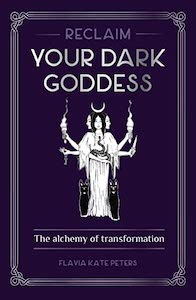
Reclaim Your Dark Goddess: The Alchemy of Transformation, by Flavia Kate Peters
Rockpool Publishing, 9781922579065, 336 pages, October 2022
Every person experiences some form of darkness at some point in their life, either from losing something or not being able to get something. But what if that darkness is something that is created by the Self, for the Self? What if the darkness isn’t the end of everything, but rather the beginning of something better, and greater, than what had been there previously? In Reclaim Your Dark Goddess: The Alchemy of Transformation, author Flavia Kate Peters examines the transformation that embracing the darkness within can trigger.
As the UK’s leading elemental and ancient magic expert, Peters teaches her professional certification magickal courses at the College of Psychic Studies, London and is a hereditary witch and high priestess of Arnemetia and of the Morrigan. Perfectly positioned to explore this fascinating journey, Peters has given readers a complete and thorough blueprint for how to access, and how to embrace, the darkness that we all carry.
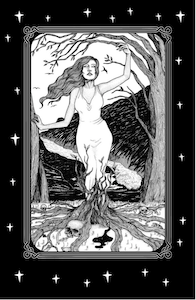
Separated into two parts, the book also includes an introduction (an absolute must read; do not skip this part!) as well an appendix showcasing the Dark Goddesses and their archetypal shadow traits. Very helpful when starting off on this journey. In Part One, Peters divulges information on how to prepare to meet the Dark Goddess and goes into significant detail as to who this mysterious entity is. Sharing her story along the way, Peters blends her personal experience with solid information and rituals designed to help ease the pain of unburdening the soul. It’s almost as if she was right there beside you, patting your shoulder as you realize your entire world is falling apart.
One of my favorite parts of this book talks about the pain of leaving behind the comfort of the known life in order to become who you are meant to be. Peters describes it perfectly:
“As you go through it life as you once knew will disappear; it will no longer be in view or, in fact, exist. But that is the old life, those old ways of doing things and those relationships that were holding you back even if you didn’t realize it. They were comfortable, known and accepted so it will take a crisis to move them on, but if you wish to overcome your difficulties in order to transform your dreams into reality and live the life you came here for then move on they must.”1
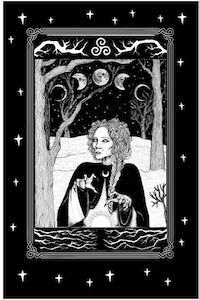
Peters also provides some basic information around the Wheel of the Year, provides guidance on how to assemble a specific altar for the purpose of calling in the Dark Goddess, and breaks down the maiden-mother-crone aspects of both the seasons and the moon phases. It’s interesting to see these concepts linked together in this way and could provide a deeper layer for those who incorporate such things into their personal craft.
The second part of the book deals specifically with the various aspects of the Dark Goddess and more importantly, how to connect with them. Peters provides a myriad of information in each Goddess’ section from an extensive background on each, messages from the Dark Goddess, how to seek Her out, reasons for working with that particular goddess, and preparing for the initiation to name a few. It’s really quite simple to invoke the Dark Goddess, but Peters cautions that awareness is a must-have prior to any sort of invocation or other work with the Goddesses. She explains:
“‘The Dark Goddess expects you to be responsible for yourself and your reactions, but it is not easy when you go through a dark night of the soul for you can be blinded by circumstance and find it hard to believe you will ever see the light again.”2
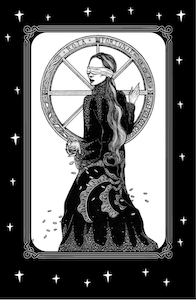
Personally, I found Reclaiming Your Dark Goddess to be a pleasure to read and the concepts in it were easy to understand and follow. I really liked the thoughtfulness that went into sorting the sections of the book and the guidance this layout provides. I would mention that if you are going to be doing this kind of work, you might want to engage with a therapist to help you unravel some of the trickier bits as they are encountered. There is no shame in asking for help, and asking for help shows the Dark Goddess that you are sincere in your supplication to her.
As someone who has done an incredible amount of shadow work and therapy, I was personally blown away by how accurately Peters described her own personal ‘dark night of the soul’. It’s not easy to discover that all the things once thought to be important mean nothing in the context of knowing who you are. The pain of losing people, habits, and other tangible and intangible things that provide comfort to us while we navigate life is almost unbearable until you catch a glimpse of what’s waiting for you on the other side. Being able to shed all that is no longer needed and emerge from the process scarred but beautiful is a wonderful part of life and this collective journey.

Sarrah October Young is a writer and practising witch who wished she could do stand-up comedy. When she isn’t writing or witching, she can be found posting about her cats on IG @therealoctober.


